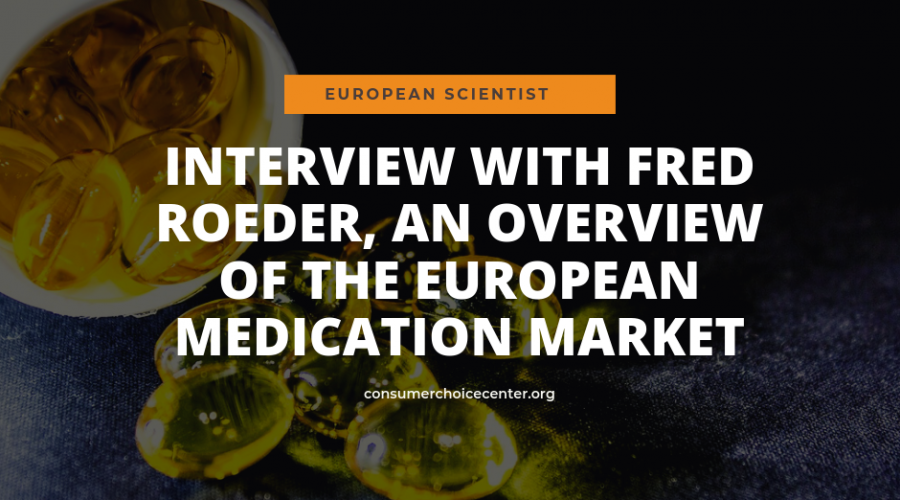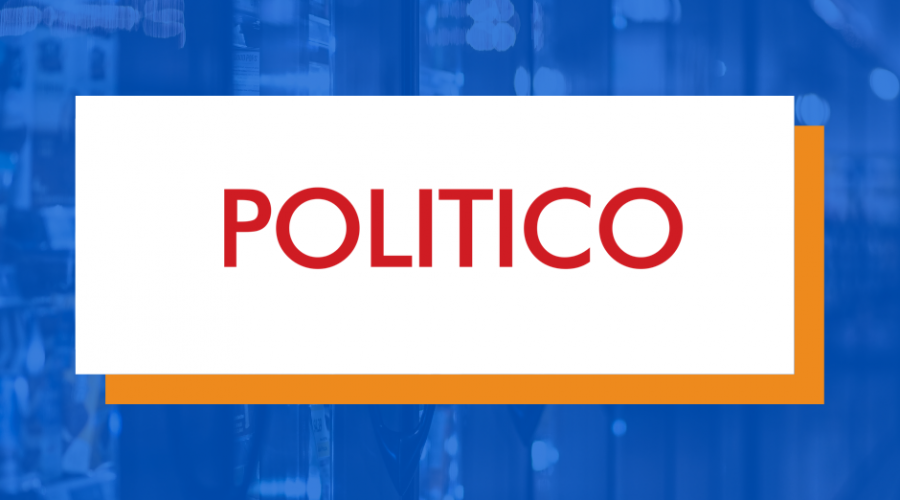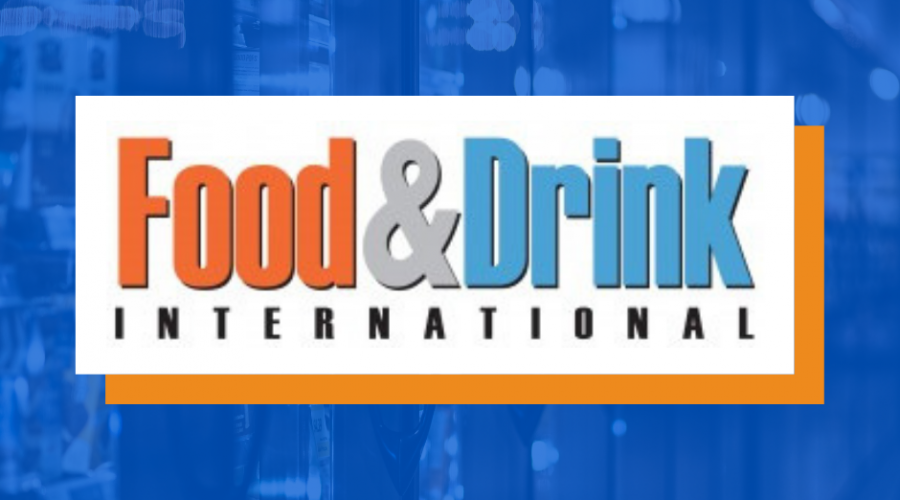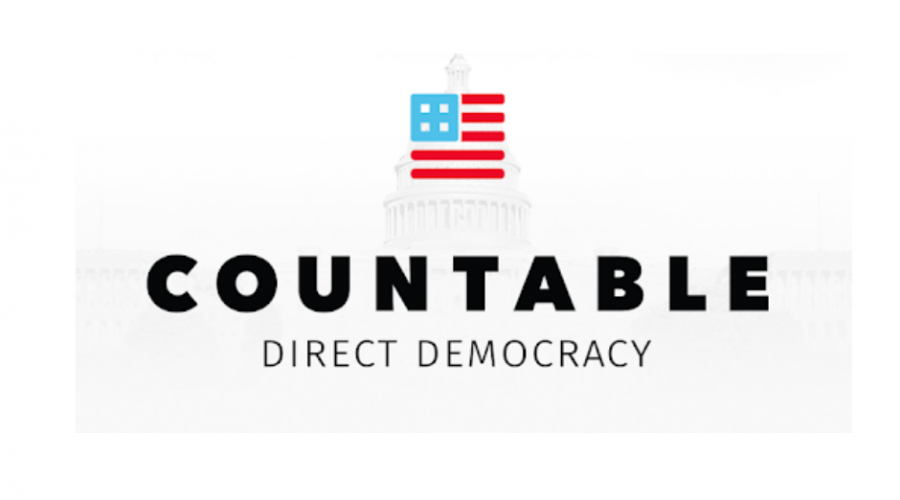A soda tax is a bad idea, and we can prove it
Opinion: A sugary drink tax shouldn’t be dismissed just because it fails to achieve its goals. It is also heavily regressive.
By David Clement
Canada has an obesity problem, both for adults, and for children. When you look at the numbers, they immediately jump off the page. Since 1978, the obesity rate for Canadians has more than doubled. In 1978, the number of adults who were considered obese was 14 per cent. In 2014, that figure was 28 per cent. General forecasts on this trend state that the number of adults who are obese could rise to 34 per cent by 2025. Rates of obesity this high create a myriad of negative health outcomes, and cost the health-care system billions of dollars annually.
There have been a variety of policies proposed to help curb obesity. Most recently was the call for a national soft drink tax by Liberal MP Julie Dabrusin. Specifically, Dabrusin is calling for a 20-per-cent tax on sugar-sweetened beverages. The thought process here is simple: if you excessively tax a product, it will end up discouraging the purchase of that product, which will lead to better health outcomes and lower expenditures on obesity-related illnesses. The problem with this new tax proposal is that these sin taxes almost always fail to achieve their desired outcome, and have the negative externality of being heavily regressive against the poor.
Sin taxes almost always fail to achieve their desired outcome
Dabrusin’s goal of healthier outcomes is a noble one, but excessively taxing sugary drinks isn’t a serious solution. We know from other jurisdictions that additional taxes on sugary drinks rarely achieve their goal of reducing caloric intake in any meaningful way. For example, Mexico, a country with an obesity rate near 70 per cent, enacted a sugary drink tax with the goal of reducing caloric intake, thus producing better health outcomes. An analysis of the impact of the tax showed that it reduced consumption of these drinks by only 3.8 per cent, which represents less than seven calories per day. A reduction of this size can hardly be considered a success.
Domestically, we have seen several proposals for sugary drink taxes. In the past provincial election in New Brunswick, Green Party Leader David Coon proposed that the province enact a sugary drink tax of 20 cents per litre. The proposed tax would have added taxes on all pop, most juices, all carbonated water, all non-carbonated flavoured water, most teas, drinkable yogurts and flavoured milk. The major issue with this provincial version of what Dabrusin is proposing is that the designers of the tax scheme openly admitted that it was unlikely to make any significant impact on caloric intake. According to the Green Party’s own submission, the 20-per-cent tax was at best going to reduce overall sugary drink intake by two per cent a year.

At the most, the New Brunswick tax would reduce caloric intake for the average resident by a measly 2.5 calories per day. This estimate was created by using full-calorie soft drinks as a reference point, meaning that the total caloric reduction could actually be much less than 2.5 calories per day given that consumers often consume other sugar-sweetened beverages with fewer total calories than full-calorie soft drinks. It is safe to say that reducing caloric intake by, at most, 2.5 calories per day would have no significant impact on public health. We don’t yet have Dabrusin’s projections on caloric-intake reductions, but from what we can see at the provincial level, the impact wouldn’t be significant in any way.
A sugary drink tax shouldn’t just be dismissed because it fails to achieve its goals. It should also be dismissed because it is heavily regressive. Mexico, again as an example, shows that taxes like the one proposed have a devastating impact on low-income families. The majority of the tax revenue generated from the Mexican tax came from low-income families. Specifically, 61.3 per cent of the revenue generated came from households with low socioeconomic status. Thus, the funds raised were derived from the most vulnerable in society. Supporters of Dabrusin’s proposed tax have cited that the revenue generated would be around $1.2 billion per year. If the Mexican regressive trend holds true for Canada, which can be assumed because it was apparent in cities like Philadelphia, then $732 million of that $1.2 billion will come directly from low-income Canadians. This is an uncomfortable fact that supporters of the tax have yet to sufficiently address.
$732 million of that $1.2 billion will come directly from low-income Canadians
Soft-drink taxes are simply bad policies being used to combat a real problem. These taxes almost always miss their mark, and disproportionately impact low-income consumers. These truths are part of the reason Cook County, Ill. (which includes Chicago) repealed its soft-drink tax. Because of these fairly consistent trends, the New Zealand Institute of Economic Research, in a report to the Ministry of Health, stated that “We have yet to see any clear evidence that imposing a sugar tax would meet a comprehensive cost-benefit test.” It’s clear that obesity is a problem in Canada, but it is also clear that soft-drink taxes don’t pass the cost-benefit test, and shouldn’t be considered as a serious solution.
— David Clement is the North American Affairs Manager for the Consumer Choice Center.









